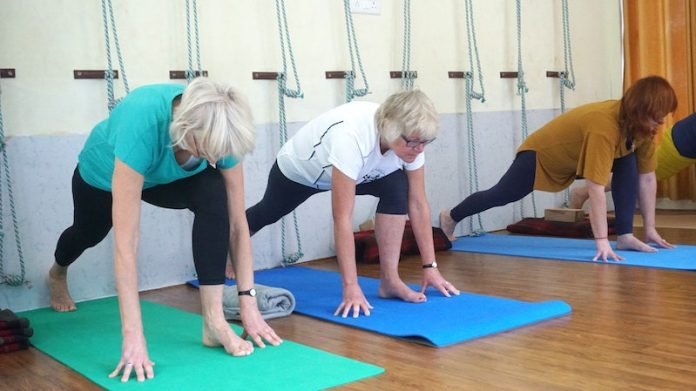
It is no secret. As people age, strength dwindles and their bodies become more vulnerable to illness.
But many do not realize this phenomenon is defined as a syndrome called frailty, and chronic illnesses such as heart disease can cause frailty in younger people, too.
Doctors are working to discover new ways to postpone or avoid it altogether.
Frailty occurs when there are declines in function across body systems, leading to increased risk for catastrophic health events.
There are two definitions of frailty, said Barbara Nicklas, professor of gerontology and geriatric medicine at Wake Forest Medical School in North Carolina. One is when several body systems are functioning poorly.
“Another is more about physical operation: low grip strength or muscle weakness, slow gait speed, a tendency to have lost weight, and a strong feeling of fatigue.
One is how a person feels and performs, and another is how sick a person is.”
About half the population 85 and older experiences frailty, Nicklas said.
Early signs include unintentional weight loss of 10 or more pounds in one year and taking six or seven seconds to walk 15 feet, according to Johns Hopkins Medicine.
It sometimes goes hand-in-hand with sarcopenia, the loss of muscle mass and strength that tends to happen more quickly after the age of 50. According to a 2019 study, sarcopenia can be a significant contributor to frailty.
But frailty and sarcopenia do not exclusively affect older people, said Dr. Daniel Forman, a geriatric cardiologist at University of Pittsburgh Medical Center in Pennsylvania.
Frailty becomes more common as you age, but inflammation, along with hormonal changes, can speed the onset.
“It can happen at different times of your life,” he said. “Most cardiologists would think that it’s a biological thing and it overlaps directly with cardiac disease. With heart failure, frailty can come in much earlier than old age.”
Many studies have examined the link between heart disease and frailty. According to a 2018 review, up to 79% of patients with heart failure are frail.
A similar observation has been made about sarcopenia and heart disease.
Sarcopenia was reported in 5% to 13% of people 60 to 70 years old, while it was reported about 20% more in patients with chronic heart failure than healthy subjects of the same age.
Frailty has a notable impact on health care costs as well.
According to a 2018 study conducted to analyze the effect of frailty on the resource use and cost for Medicare patients, frailty increased the average cost of medical care by as much as $17,220 in a nine-month period.
While doctors are searching for ways to prevent frailty and sarcopenia, “no one knows exactly how to avoid it,” Forman said. “That’s the million-dollar question.”
But diet and exercise seem to be part of the puzzle, Nicklas said. It is particularly important to get enough protein and vitamin D as we age.
“The biggest prevention is physical activity, especially strength training or resistance training,” Nicklas said.
“Maintaining a healthy weight is also important, especially in middle age. People who are overweight have a higher propensity for becoming frail.”
Johns Hopkins Medicine recommends eating three meals each day that consist of fruits, vegetables, healthy fats, whole grains and low-fat dairy products.
For example, following the Mediterranean diet which consists of olive oil, nuts, whole grains and seafood, with moderate amounts of low-fat yogurt, low-fat cheese and poultry, can help preserve strength.
Forman said some researchers are examining the effects of intermittent fasting – the practice of alternating cycles of fasting and eating, sometimes waiting until the end of the day to eat – on frailty.
“There is no sure-fire solution for all people,” he said. “It is complicated, and it is still under investigation.”



